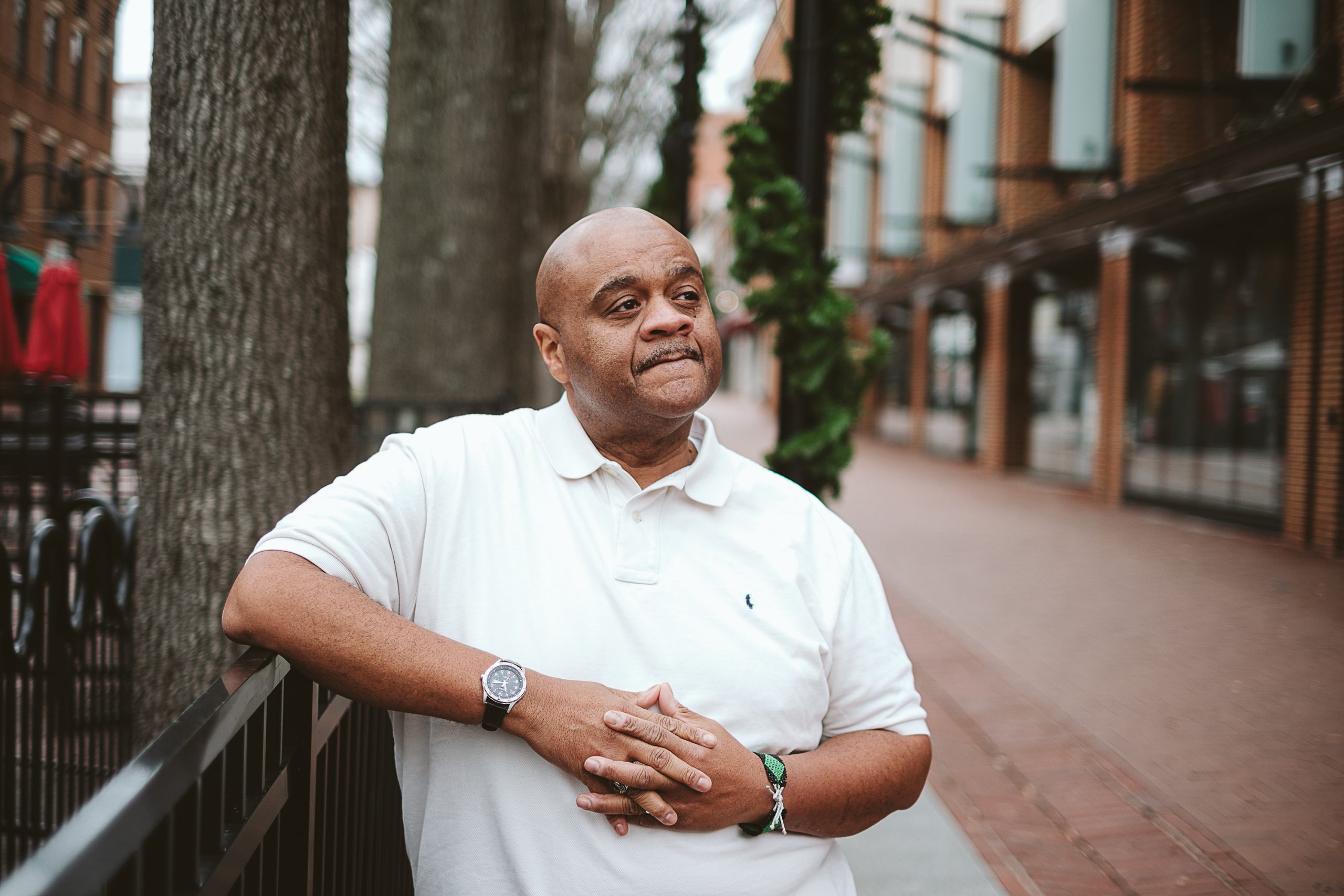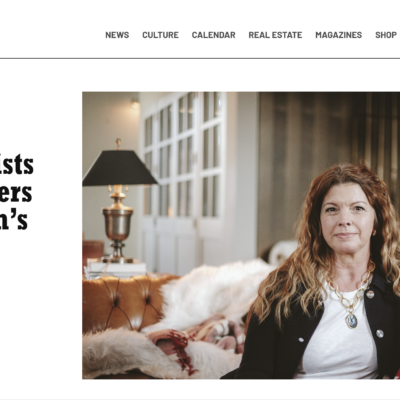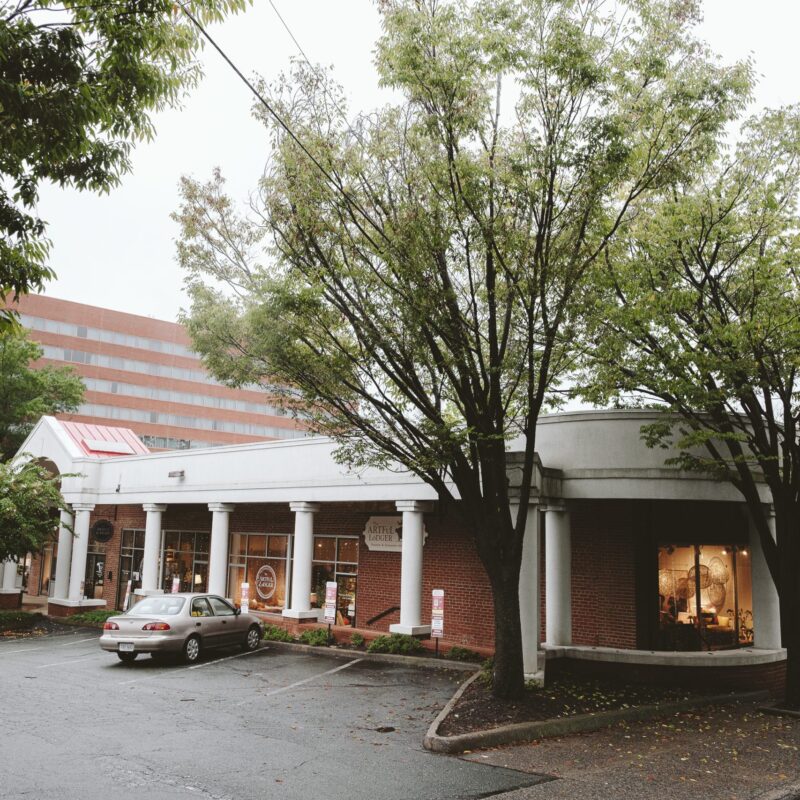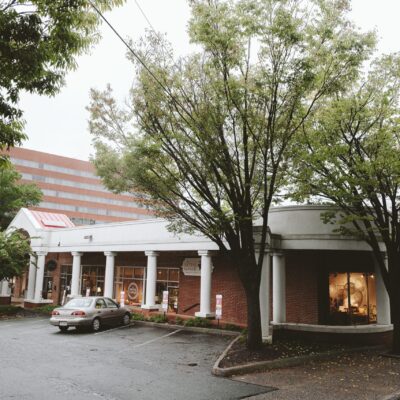Charlottesville’s experiment with proportional ranked choice voting is swiftly approaching, with the Democratic primary for City Council set for June 17. The new (to Charlottesville at least) voting system was adopted on a trial basis in a 4-1 split vote by City Council on September 3, 2024.
In the months leading up to the primary, city leaders and local organizers are working to educate voters on proportional ranked choice voting and the history of voting systems in Charlottesville. The city’s current system for local elections—plurality block voting—may seem like the most obvious choice, but its history is rooted in Jim Crow-era minority voter suppression.
“In plurality block voting, the biggest group wins. And they don’t just win some [seats], they win everything,” says former delegate Sally Hudson, founder of Ranked Choice Virginia. “Plurality block voting was adopted in Charlottesville in 1923, which is the height of the Jim Crow era for this region. … old Daily Progress articles and old reports by the UVA Institute of Government pretty openly acknowledge that the motivation for adopting block voting at the time was because it reduced the influence of working-class, ethnic neighborhoods, aka Black, on City Council.”
Prior to the introduction of plurality block voting, Charlottesville utilized a ward system for elections, in which each neighborhood elected a representative. In an effort to increase Black representation on City Council, the Charlottesville NAACP lobbied for the reintroduction of ward elections in the 1970s, something that ultimately failed, despite passing an initial referendum vote.
“Ranked choice gets at the same spirit as wards, but without having to put people in boxes and dictate that the only dimension of diversity that matters is neighborhood,” says Hudson. “Under ranked choice, coalitions can come together for lots of different reasons; it could be homeowners and renters, it could be younger and older voters, it could be race, it could be wealth.”
Rather than bubble in their top two picks for council, voters in the June Democratic primary can rank candidates by order of preference. Mayor Juandiego Wade and Vice-Mayor Brian Pinkston are running for re-election, but face a challenge from newcomer Jen Fleisher.
The filing deadline for City Council candidates is April 3. At press time, no one else has announced an intent to run.
Wade and Pinkston, who are running a joint campaign for re-election, say the new voting system hasn’t changed how they plan to campaign, but it does add a new dimension.
“We definitely have to think in terms of the math differently, because of just the way that process works,” says Pinkston. “We’re very much aligned, and people can make the decision for themselves when they go in the ballot box … [if] they want me number one, or him number one.”
Both mayor and vice-mayor say their primary focus is door-knocking and getting out the vote, just like previous elections.
“If we’re going to run, we’re going to do it together,” says Wade. “We have both had a tremendous hand in turning around council, and really our vision, our statement, our accomplishments are one in one. … We’ll decide about what that will look like with ranked choice voting as we move forward, but right now, we’re just both getting out there, getting our message out.”
In her campaign, Fleisher is excited about the opportunities presented by proportional ranked choice voting for both candidates and constituents.
“I’ll be working hard to earn as many first choice votes as I can from voters who share my top priorities,” she says. “I’ll also be reaching out to voters who may not rank me first to understand their needs and the work we can do together. Candidates should be working hard to connect with every voter, and ranked choice voting helps us do that.”
What voters actually need to know
Explaining the in-and-outs of tallying proportional ranked choice voting elections gets complicated. On the voter end, the process is simple: Rank each candidate in order of preference (first choice, second choice, etc.).
Don’t want to rank the candidates? No worries. Just bubble in your first choice. Your ballot will still be counted.
Don’t want to rank all the candidates? No worries. Rank as many or as few candidates as you’d like. Your ballot will still be counted. Ranking a candidate as your last choice is the same as not ranking them at all.
What’s going on behind the scenes
The complicated part of proportional ranked choice voting is tallying.
Candidates must reach a “threshold” or “quota” to be elected. For example, in an election with two open seats—like the Democratic City Council Primary—a candidate needs to get 33.3 percent of the electorate plus one vote to be elected. (It is impossible for more than two candidates to meet the 33.3 percent plus one vote threshold.)
In the first round of tallying, only first-choice votes are considered. Once a candidate reaches the threshold, they are elected. If all seats are filled in the first round, the process stops here.
At least one candidate is guaranteed to pass the threshold in the first round of the June primary if there are only three candidates.
If a seat remains unfilled after the first round, surplus votes past the quota from the elected candidate are proportionally transferred to voters’ second-choice candidate.
More information on proportional ranked choice voting, including examples specifically tailored to the Charlottesville City Council primary, is available at rankedchoiceva.org.
Mayor Juandiego Wade is seeking a second term on City Council in Charlottesville’s first election using ranked choice voting. Photo: Eze Amos






